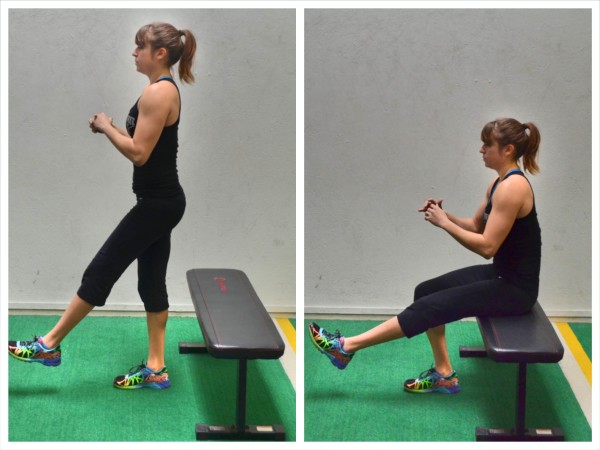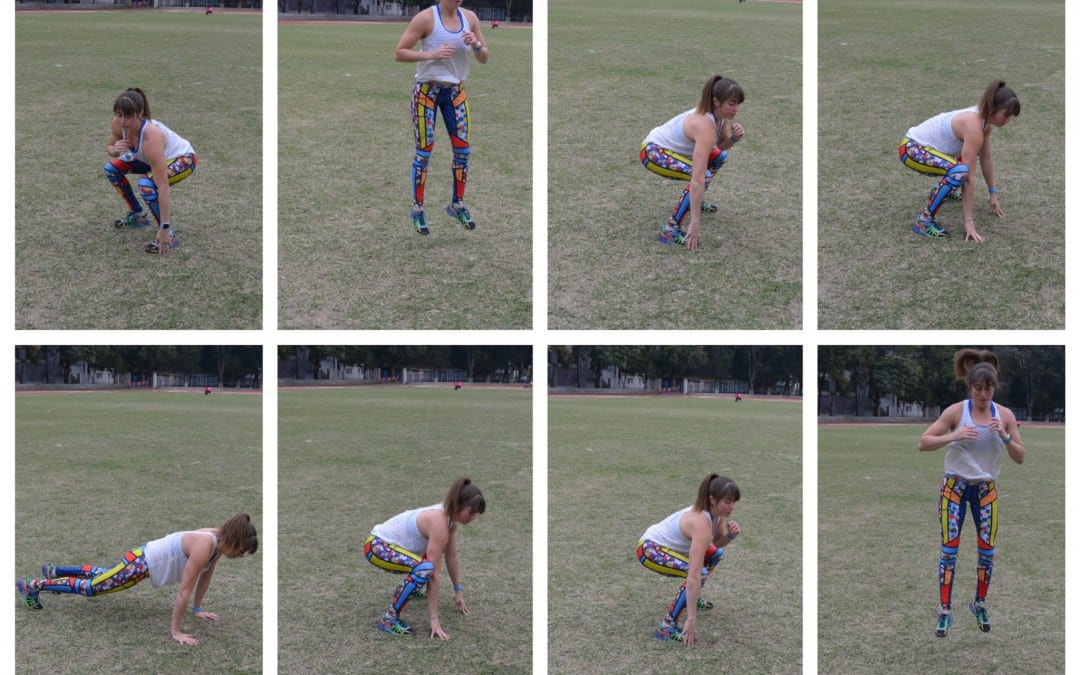

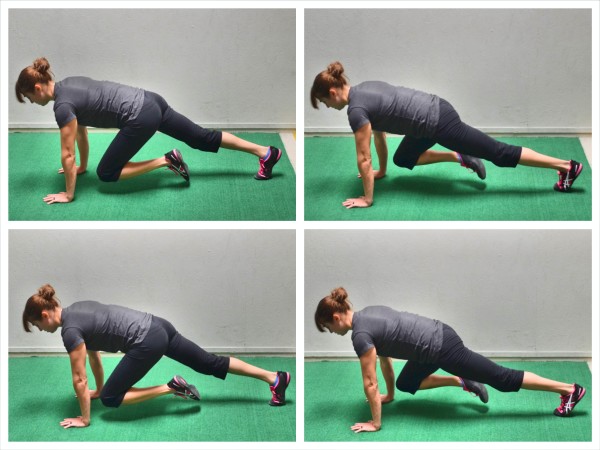
Killer Quick Cardio-Core Workout
This content is for members only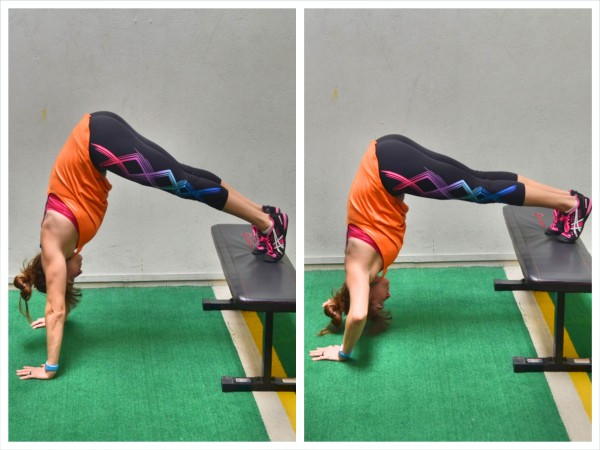
The Isometric Strength Workout
This content is for members only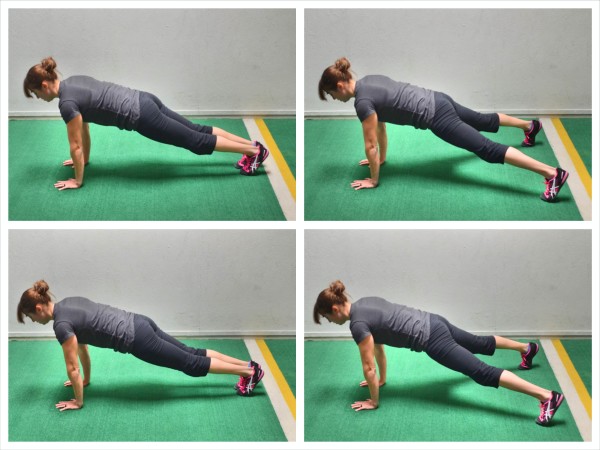
The Cardio Kick Start Workout
This content is for members only